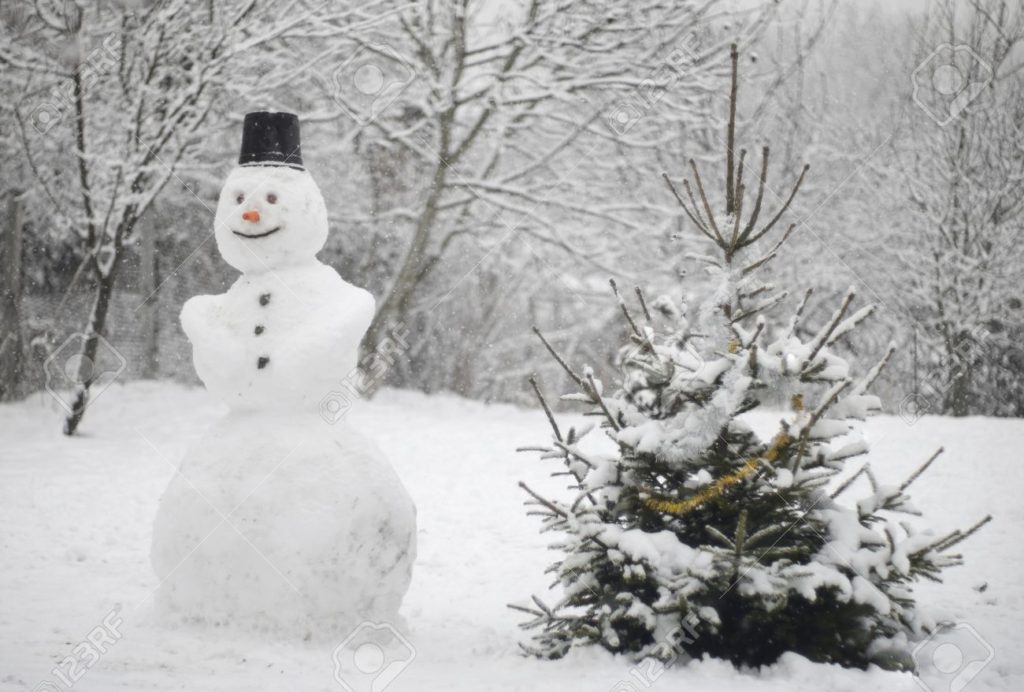Table of Contents
SNOW SCIENCE
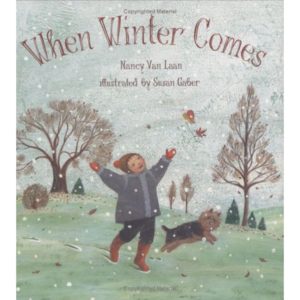
|
Nancy Van Laan’s When Winter Comes (Atheneum, 2000) is a wonderful introduction to the winter season for very young readers. A gently repetitive rhyming text explains what happens to leaves, caterpillars, birds, mice, deer, and fish as winter approaches (“Where, oh where, do the leaves all go/When winter comes and the cold winds blow?”), and ends up with a questioning child, red-cheeked from a walk in the snow, being tucked into a cozy bed. For ages 2-7. |
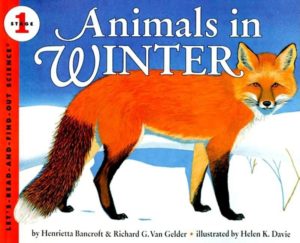
|
Henrietta Bancroft’s Animals in Winter (HarperCollins, 1996) in the Let’s-Read-and-Find-Out Science series explains how animals cope with snow and cold: some migrate; some hibernate; some store stocks of food. Included are simple suggestions for helping animals in winter. For ages 3-6. |
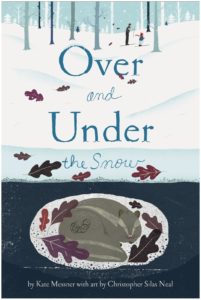
|
In Kate Messner’s Over and Under the Snow (Chronicle Books, 2011), a little girl and her father ski through the woods, exploring the mysterious hidden world of animals beneath the snow. An appendix provides extra information about the animals mentioned in the book. For ages 3-7. |
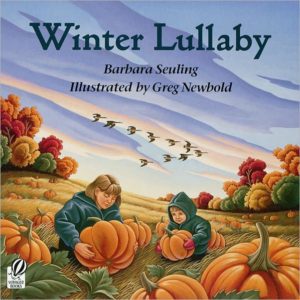
|
Barbara Seuling’s Winter Lullaby (Sandpiper, 2002) explains in a mix of free verse and rhyme what bees, birds, bats, fish, and people do to keep warm in winter (though the cover, which shows red-leaved trees and a field full of pumpkins, looks like fall). For ages 3-7. |
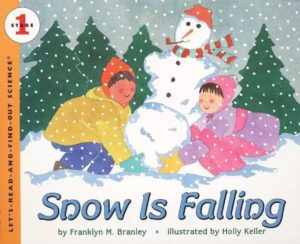
|
Franklyn Branley’s Snow is Falling (HarperCollins, 2000) in the Let’s-Read-and-Find-Out Science series is a simple explanation of what snow is, where it comes from, and how it can be both good (keeps some things warm) and bad (avalanches). Included are a couple of simple experiments. For ages 4-7. |
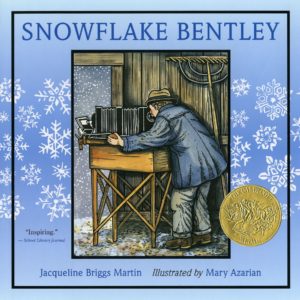
|
Jacqueline Briggs Martin’s Snowflake Bentley (Sandpiper, 2009), illustrated with beautiful woodcut prints by Mary Azarian, is the story of Wilson Bentley of Jericho, Vermont, a pioneer in the study of snowflakes, famed for his beautiful photographs of snow crystals taken through a microscope. For ages 4-9. |
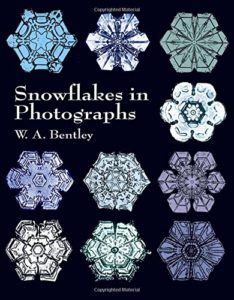 |
W. A. Bentley’s Snowflakes in Photographs (Dover Publications, 2000) is an 80-page collection of (many of) Bentley’s original photos. |
| Check out the official Snowflake Bentley website maintained by the Jericho Historical Society. | |
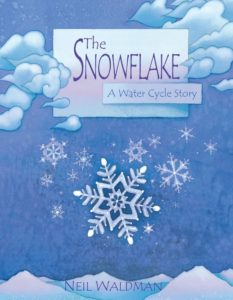
|
Neil Waldman’s The Snowflake: A Water Cycle Story (Millbrook Press, 2003) is the gorgeously illustrated story of the travels of a single drop of water month by month through the year, beginning in chilly January with a snowflake. The next time you throw a snowball, stop and think, the author urges: that water may have tumbled over Niagara Falls, been trapped in a glacier at the North Pole, or been guzzled by a thirsty dinosaur. For ages 5-9. |
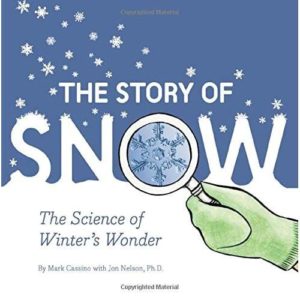
|
Mark Cassino’s The Story of Snow (Chronicle Books, 2009) is a well-designed explanation of the science of snowflakes, illustrated with diagrams and photographs. Included are instructions for catching and studying your own snow crystals. For ages 5-10. |
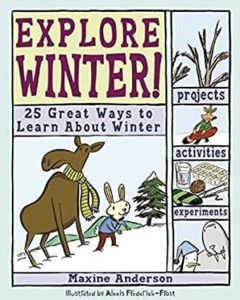
|
Maxine Anderson’s activity-laden Explore Winter! 25 Great Ways to Learn About Winter (Nomad Press, 2007) covers why we have winter in the first place, various ways of coping with it when it arrives (from hibernation to migration to camouflage), and all the scientific specifics of cold weather, snow, and ice. Sample projects: kids build a hibernation den and construct a pair of (cardboard) snowshoes, use cut-out animals for a “Sneak Camouflage Peek,” grow crystals, make snowflake models and preserve captured snowflakes, determine the water content of snow, and build a weather-predictive barometer. For ages 6-10. |
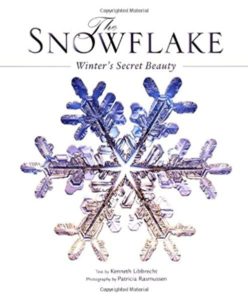
|
Ken Libbrecht’s The Snowflake (Voyageur Press, 2003) is a terrific overview of the science and history of snowflakes, illustrated with gorgeous color photographs. Included are a “Field Guide to Snowflakes” and a discussion of identical snowflakes (Are there really no two alike?). For ages 12 and up. |
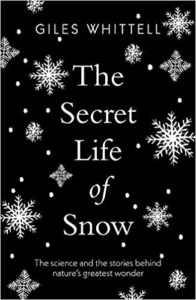 |
In Giles Whittell’s The Secret Life of Snow (Short Books, 2019) – subtitled “The science and the stories behind nature’s greatest wonder” – readers learn how many snowflakes it takes to build a snowman, how snow once saved a British prime minister’s life, and the location of the snowiest place on Earth. And more. For teens and adults. |
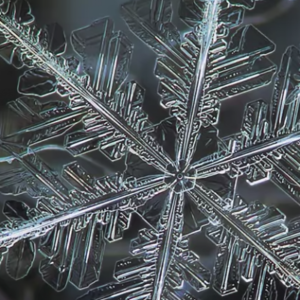 |
Why Do Snowflakes Come in So Many Shapes and Sizes? is a great three-part lesson with hands-on activities and experiments, targeted at grades 6-8. |
| What about when snow turns deadly? Learn all about avalanches (including how to survive one) at How Stuff Works: Avalanches. | |
| From the Snow and Ice Data Center, All About Snow has a wealth of well-organized and presented information about types of snow, snow formation, snow prediction, snow and climate, and snow ecology (how plants and animals adapt to snow). Included is a terrific resource list. | |
| From Discover magazine, 20 Things You Didn’t Know About Snow is a fascinating (and surprising) list. Learn about watermelon snow, the world’s biggest snowflake, and how snow can (literally) drive you nuts. | |
| From the University of Illinois Extension, the Winter Storm Resource Center has excellent Snow Education resources, including snowfall statistics, snowflake science, and a history of U.S. snowstorms. Click on “Fun in the Snow” for a list of projects and activities, including patterns for snowflake finger puppets. | |
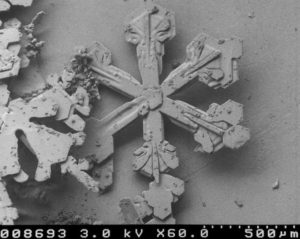 |
Snowflakes really close up! For wonderful images of snowflakes under an electron microscope, see here. |
| From Cal Tech, Snow Crystals may be the best snow science site on the web. Included are a history of snow crystal studies, information on the physics of snowflake formation, a guide to snowflake classification, snowflake activities for all ages, galleries of snowflake photos, and more. |
